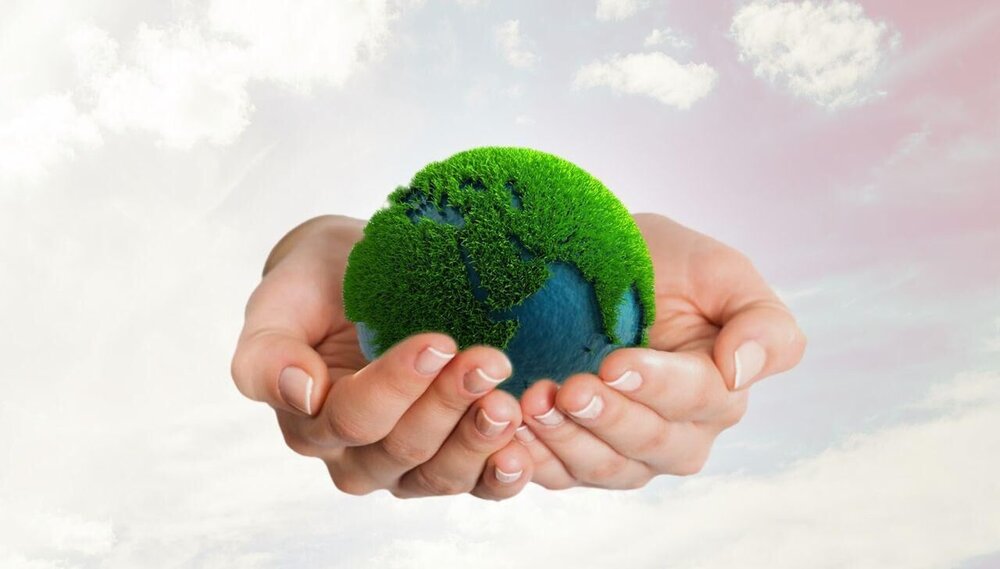Iran ranks 133 among 180 countries in EPI

TEHRAN – The 2022 Environmental Performance Index (EPI) ranked Iran 133 among 180 countries on climate change performance, environmental health, and ecosystem vitality.
The EPI provides a data-driven summary of the state of sustainability around the world. Using 40 performance indicators across 11 issue categories, the EPI ranks 180 countries on a national scale of how close countries are to established environmental policy targets.
The EPI offers a scorecard that highlights leaders and laggards in environmental performance and provides practical guidance for countries that aspire to move toward a sustainable future. Overall EPI rankings indicate which countries are best addressing the environmental challenges that every nation faces.
In the 2020 EPI, Iran’s rank was in a better position, but due to changes in indicators and calculation methods, these two versions are not comparable.
Overall EPI rankings indicate which countries are best addressing the environmental challenges that every nation faces. Indicators that have had a significant negative trend over 10 years include rangeland loss index (-39.60), CO emission index (-20.80) and greenhouse gas intensity (-24.40), and indicators with the best performance trend related to black carbon growth rate (63), nitrogen dioxide growth rate (87.30) in climate policy category, NOx growth rate (55), sulfur dioxide growth rate (40.70), sea acidification (47.90) and fish stock status (20.60) in the ecosystem vitality class.
Iran's environmental approach
Iran has a high diversity of species due to geographical conditions, climatic diversity, huge water resources of the Caspian Sea in the north and the Persian Gulf, and the Sea of Oman in the south.
Inger Andersen, Executive Director of the United Nations Environment Program (UNEP), has praised Iran’s approach toward environmental protection.
Environmental measures and protection of natural resources, waste management, and other measures show Iran's environmental approach, she further noted.
According to the latest studies, about 1,300 species of vertebrates, including mammals, birds, reptiles, amphibians, and aquatic fish, about 30,000 species of invertebrates, and 8,000 species of plants have been identified in the country.
Unfortunately, over the past two decades, human activities have led to alarming degradation of ecosystems, deletion of genes, species, and biological capabilities; Human threats to biodiversity have accelerated the most over the past 50 years over the entire history of human life.
Out of 1,300 species of animals in the country, 130 of which are endangered and threatened, Hassan Akbari, deputy head of natural environment and biodiversity of the Department of Environment, said in December 2021.
FB/MG
Leave a Comment